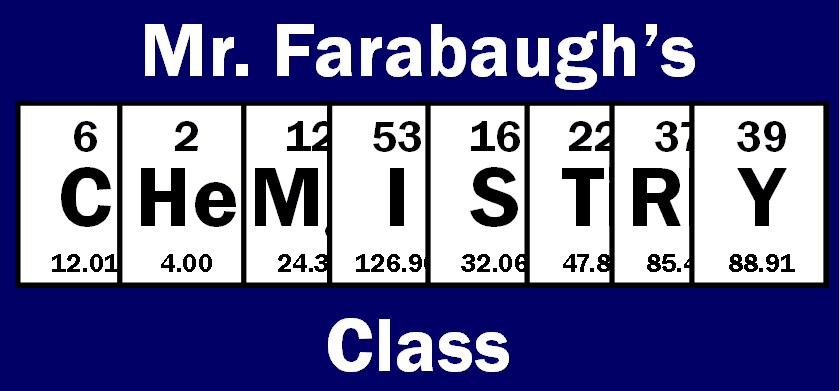- properties of light (such as wavelength and frequency)
- bright line emission spectra for hydrogen (and other atoms)
- electronic transitions (ground state, excited states)
- quantum mechanical model
- quantum numbers
- atomic orbitals
- electron configuration and the filling of sublevels
- orbital diagrams
- electron arrangements in ions (including a special "first in, first out" rule that applies to transition metal cations, p. 150)
- periodic trends in atomic properties, including atomic radius, ionic radius, ionization energy, and electronegativity
1, 2, 5, 6, 9, 10, 17, 18, 27, 28, 37, 38, 49, 50, 51, 52, 55, 56
